Outcome Measurement: Don’t Let Fear & Confusion Keep You from the Journey!
By Laurel Molloy, Innovations Quantified
Originally published on Supportcenteronline.org in January 2017
Picture this: you’re a passenger in a car humming down the highway. The driver turns to you and says, “I’m not sure where we’re going, but we’re making great time!”
Kind of hard to imagine the circumstances that would prompt this kind of statement, isn’t it? And yet, nonprofits that focus solely on the achievement of their own tasks, without a concrete idea of how they are making a difference in the lives of those they serve are essentially doing just that – heading down a path without a clear sense of where their efforts should be taking them.
This illustrative quote comes from Leap of Reason, an outcome measurement call to action that makes the case for clearly defining your organization’s intended outcomes (the changes and benefits you’re seeking to achieve), and then determining whether those changes have actually happened.
For almost 20 years, I’ve been helping organizations figure out how to do just that. And one thing I’ve noticed is that it’s not a lack of desire that keeps most from tackling this important issue. It’s a lack of understanding of where to start, and/or fear that missteps will result in wasted time and resources.
To address those very real concerns, I emphasize in both my training and consulting engagements that “M.M.O.M. is always right” – as in “Meaningful and Manageable Outcome Measurement.”
Many organizations believe more data is better, when in reality less is often more – especially at the outset. So I encourage organizations to ensure their process is both meaningful and manageable (and therefore sustainable) by: (1) prioritizing and collecting only a few key pieces of outcome data first, (2) leaving time to actually review and learn from those results, and (3) adding more data only as needed from there.
In my experience, using this approach is often the difference between success and frustration. So as you embark on your outcome measurement journey, remember: “M.M.O.M.’s always right.” And ask yourself, “Is this really something we can feasibly and consistently track and learn from?” If the answer is, “I’m not sure,” then find a way to pare it down. Because in the end, if you don’t actually review, discuss, use and share your outcomes data, you’re missing the whole point!
